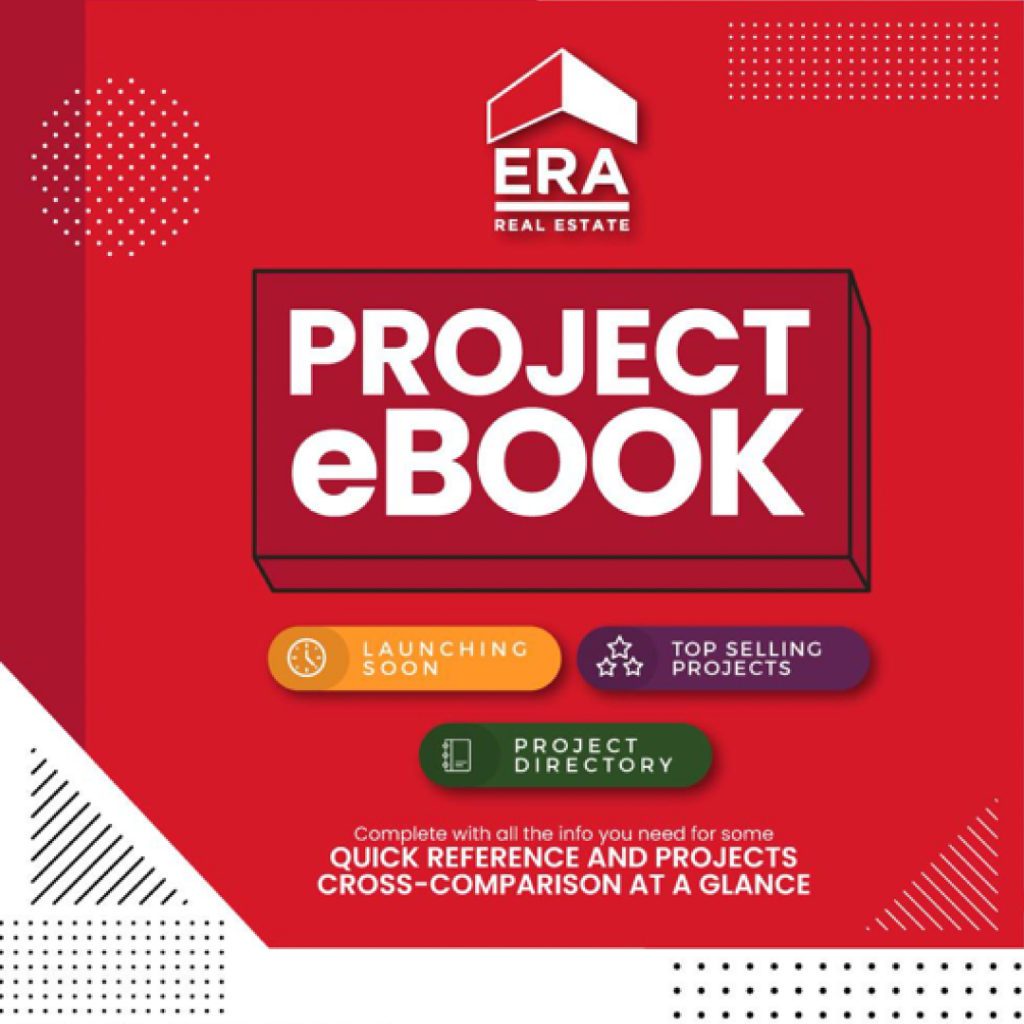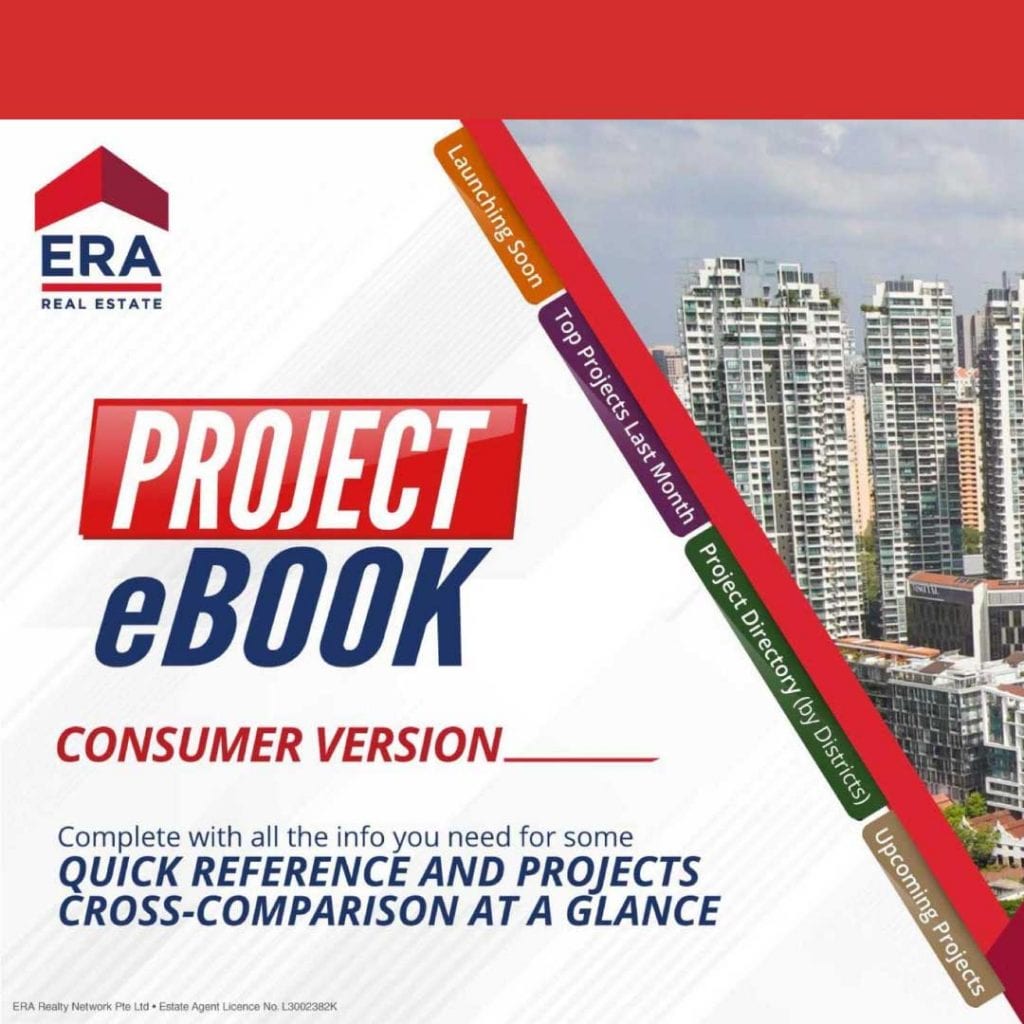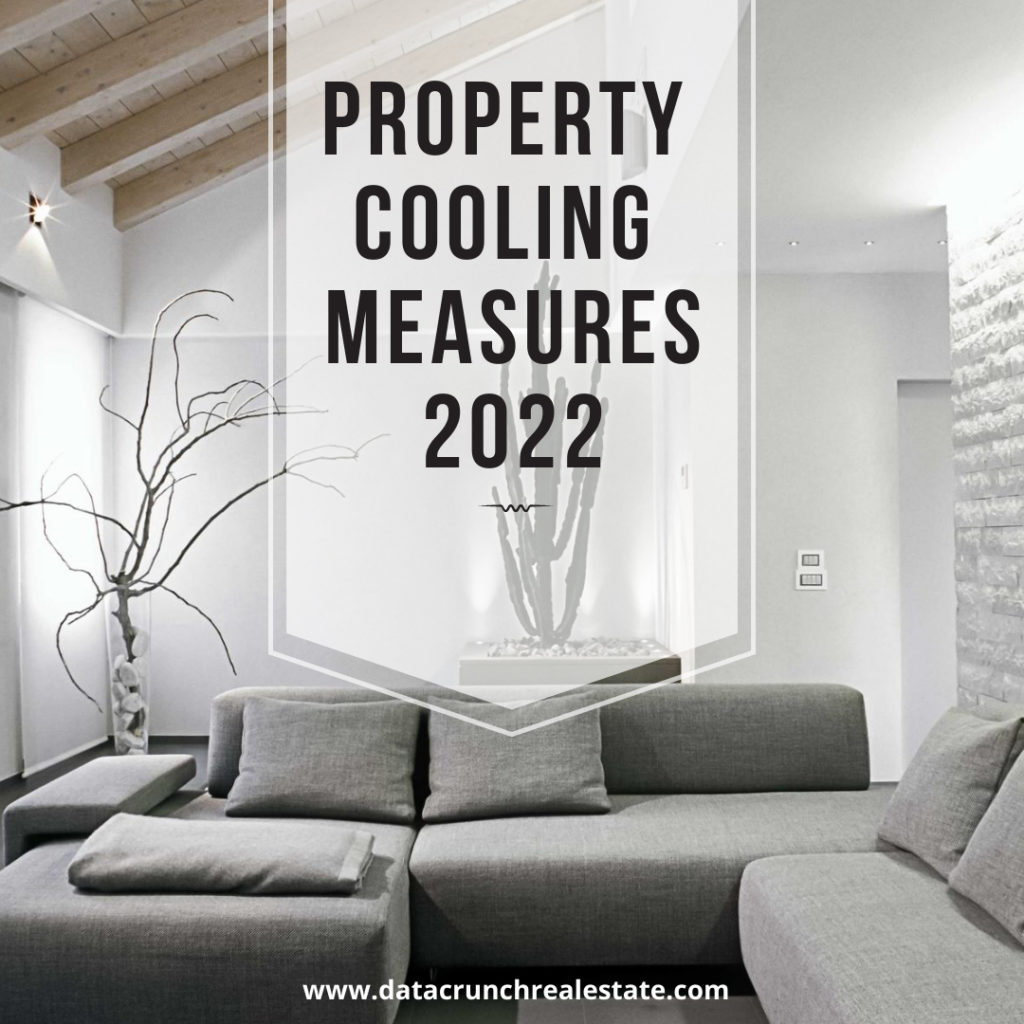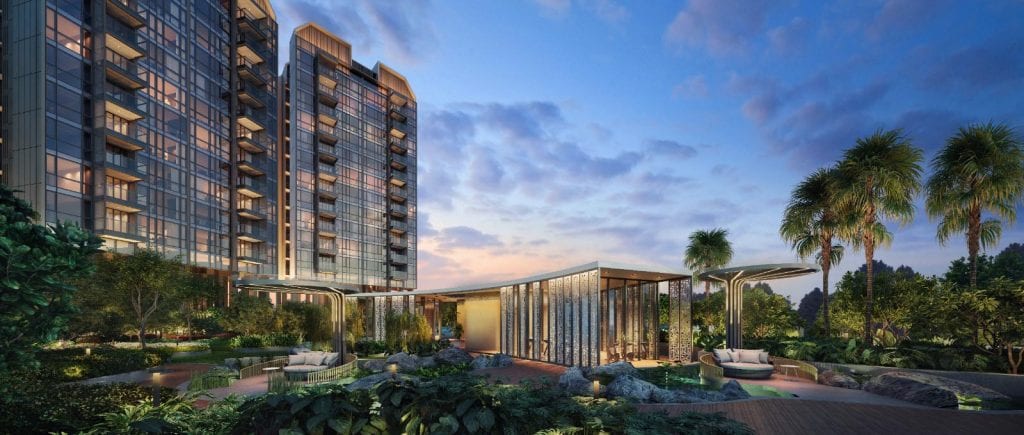Recognised as Top 20% in 2023
In this tough real estate industry where there’s always a constant need to rebrand ourselves so we always appear at the top of our clients mind as the preferred realtor of choice, I’m proud to present that I’ve been recognised as an ERA’s 2023 Top 20% Achiever! I want to thank my clients (past, present […]
Recognised as Top 20% in 2023 Read More »





